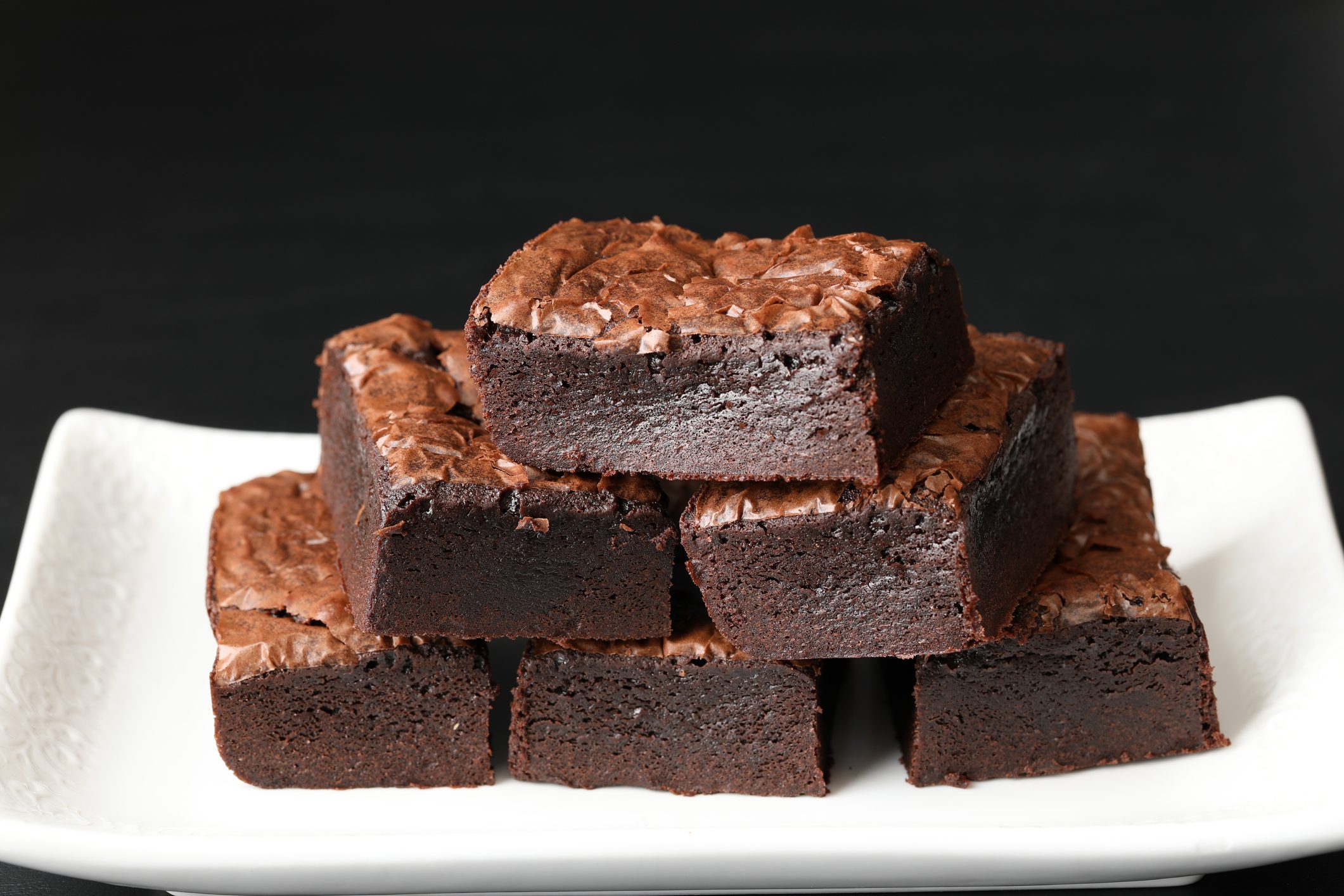Differences Between Brownies and Blondies: Explained
Whether you prefer the chocolatey, fudgy texture of a brownie or a caramel-like, cakey blondie, these two sweet treats are always a hit. Let's find out what makes brownies and blondies different.
;Resize,width=742;)
- Know the Crucial Ingredients: Understand the essential elements that differentiate brownies and blondies, such as cocoa and brown sugar.
- Focus on Texture: Learn why achieving the right fudgy or chewy texture matters in these treats.
- Get Creative: Discover how to personalize your brownies and blondies with various mix-ins and flavors
In the world of dessert, few debates are as sweet and passionate as the one surrounding brownies and blondies. These beloved baked treats have captured the hearts (and taste buds) of countless dessert enthusiasts worldwide. In this article, we'll explore the delightful rivalry between brownies and blondies, breaking down their differences, and ultimately, uncovering what makes each one special. Let's embark on this delectable journey through the world of baked delights.
Brownies: A Rich Beginning
To fully appreciate the brownie-blondie debate, it's essential to understand the origins and characteristics of each treat. Brownies, which originated in the United States in the late 19th century, have a rich and storied history. Often attributed to Fannie Farmer, a renowned cookbook author, brownies are traditionally crafted using ingredients such as cocoa powder or melted chocolate, sugar, butter, eggs, and flour. The result is a dense, fudgy texture that chocolate lovers can't resist.
Blondies: The Rise of a Sweet Rival
Blondies, also known as "blonde brownies," emerged later on the dessert scene. These delightful confections have a lighter appearance and taste, thanks to the omission of cocoa powder or chocolate in the recipe. Blondies are made with brown sugar, butter, eggs, and flour, along with a medley of flavor-enhancing ingredients like vanilla, butterscotch chips, or nuts. The absence of cocoa powder allows the brown sugar to shine, lending blondies a sweet, caramel-like flavor profile.

The Key Differences
Ingredients: The most glaring difference between brownies and blondies is the presence or absence of chocolate. While brownies rely on cocoa or melted chocolate for their signature taste, blondies derive their unique flavor from brown sugar, giving them a rich, caramel-like sweetness.
Texture: Brownies are known for their dense, fudgy texture, making them a gooey, chocolatey delight. Conversely, blondies boast a softer, more cake-like consistency, with a sweet and chewy profile.
Flavor Profile: Brownies offer a deep, chocolatey flavor, with variations like dark chocolate or cocoa intensity. In contrast, blondies provide a sweeter, caramel-like taste with the option to incorporate various mix-ins for added dimension.
The Great Debate: Brownies vs. Blondies
As with any culinary dispute, there are passionate advocates on both sides of the brownie-blondie debate. Here are some compelling reasons why people stand firmly behind their dessert of choice:
Brownies
Chocolate Lover's Paradise: Brownies offer a dense, chocolatey experience that's simply irresistible for cocoa connoisseurs.
Versatile: They can be customized with an array of mix-ins like nuts, chocolate chips, or even a swirl of caramel for added variety.
Classic Appeal: Brownies are often seen as a timeless and quintessential dessert, evoking feelings of nostalgia.
Blondies
Butterscotch Bliss: The deep butterscotch flavor of blondies is a unique and indulgent experience that appeals to those seeking a different kind of sweetness.
Versatility: Blondies' neutral base allows for a wide range of creative mix-ins, making them a canvas for culinary experimentation.
Inclusivity: Blondies can be an excellent option for individuals with chocolate allergies or sensitivities, ensuring that everyone can partake in the dessert joy.
Conclusion
In the end, the choice between brownies and blondies is a matter of personal taste and preference. Both desserts offer a comforting and indulgent experience that's hard to resist. Whether you lean toward the rich, chocolatey embrace of a brownie or the sweet, caramel-infused charm of a blondie, there's no wrong answer when it comes to satisfying your sweet tooth. So why not embrace the delicious diversity of both and embark on a culinary adventure that explores the best of both worlds? After all, in the realm of desserts, there's always room for a delightful debate.
;Resize,width=767;)
;Resize,width=712;)
;Resize,width=712;)

